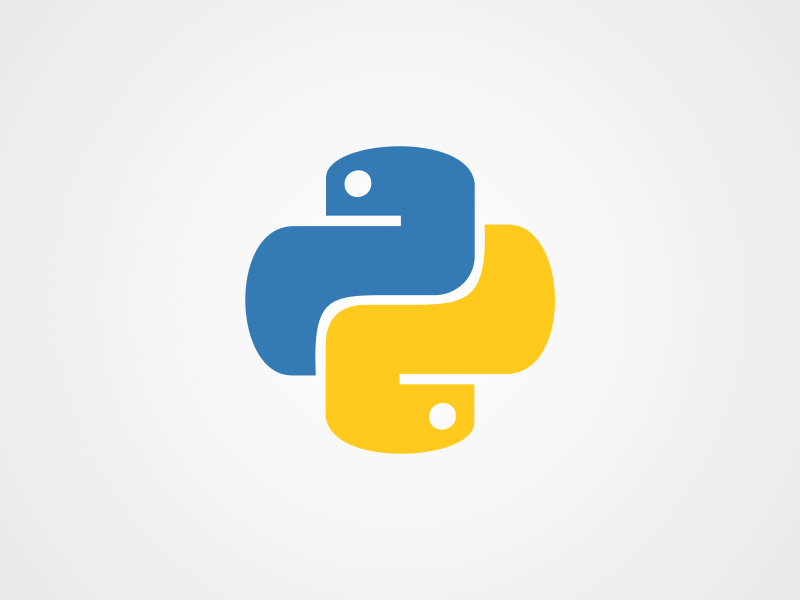Python
Python is a modern general-purpose programming language initially developed by a Dutch programmer named Guido van Rossum in the late 1980s. The name comes from the popular Monty Python show, not the snake as you might think. This language has a clean, uniform, and well-readable syntax and is designed to be easy to learn and use in practice.
Nowadays, Python is one of the most popular programming languages worldwide according to the TIOBE index and the number of programmers who use it is growing every day. The language has a huge community of developers around the world. If you have a problem, you can always ask other programmers for help or find a suitable answer on a site like Stack Overflow.
 |
| Python Logo |
 |
| Guido van Rossum |
Python has a wide range of possible applications
- web development
- data science (including machine learning)
- scripting (task automation)
Short History of Python
Like other programming languages, Python has gone through a number of versions. Python 1.0 was released in 1994 and laid the basic principles of the language with emphasis on simplicity.
Python 2.0 was released in 2000. This version has become very popular among programmers. Different 2.x subversions (2.6, 2.7) are still used in various projects and libraries. The symbol x in 2.x means any subversion of Python 2.
Python 3.0 was the next major version released in 2008. It broke backward compatibility with its predecessors in order to rid the language of historic clutter and make Python more readable and consistent.
Main topics of python are :
- Strings in Python
- Numeric data type
- variables
- Expressions
- Slicing
- If - Statement
- Elif
- Boolean
- For Loops
- Lists
- Range
- Tuples
- Python Dictionaries
- Input and Output in Python
- Modules and Functions
- Object-Oriented Programming
- Using a dataBase in Python
- Generators
- Lambda Expressions
Data Types in Python
- Numbers
- String
- List
- Dictionary
- Set
- Tuple
Operators in Python
- Arithmetic Operators
- Logical Operators
- Assignment Operators
- Comparison Operators
- Membership Operators
- Identity Operators
- Bitwise Operators
impresive, here is detailed information
ReplyDelete